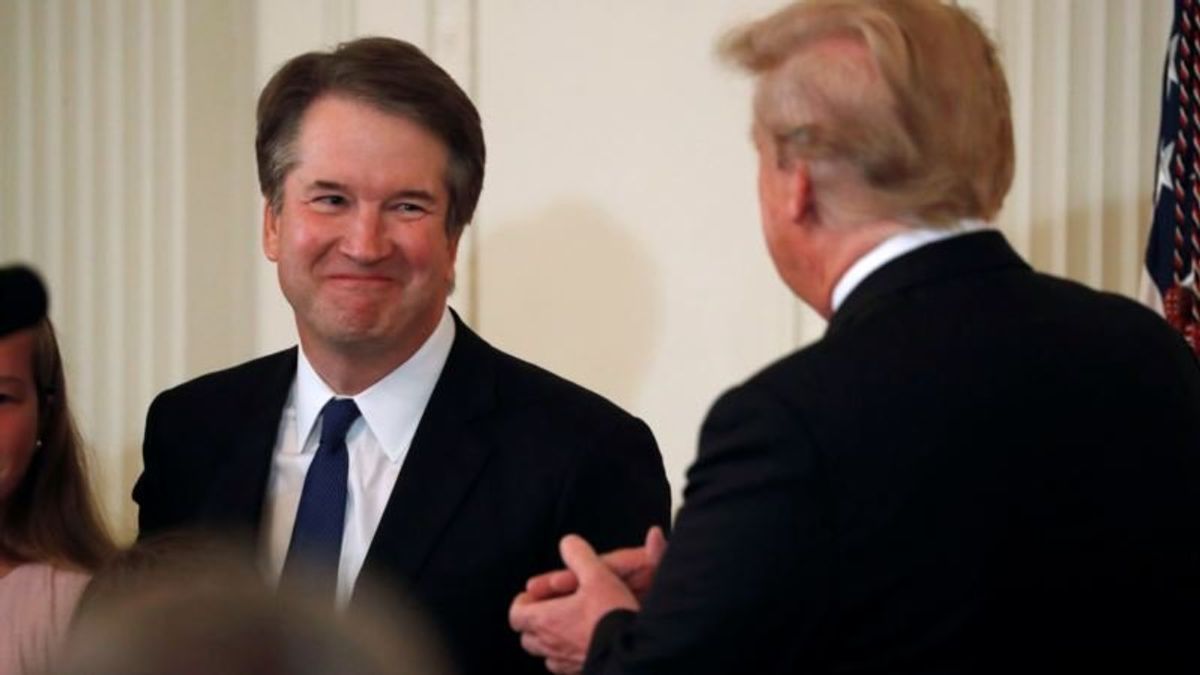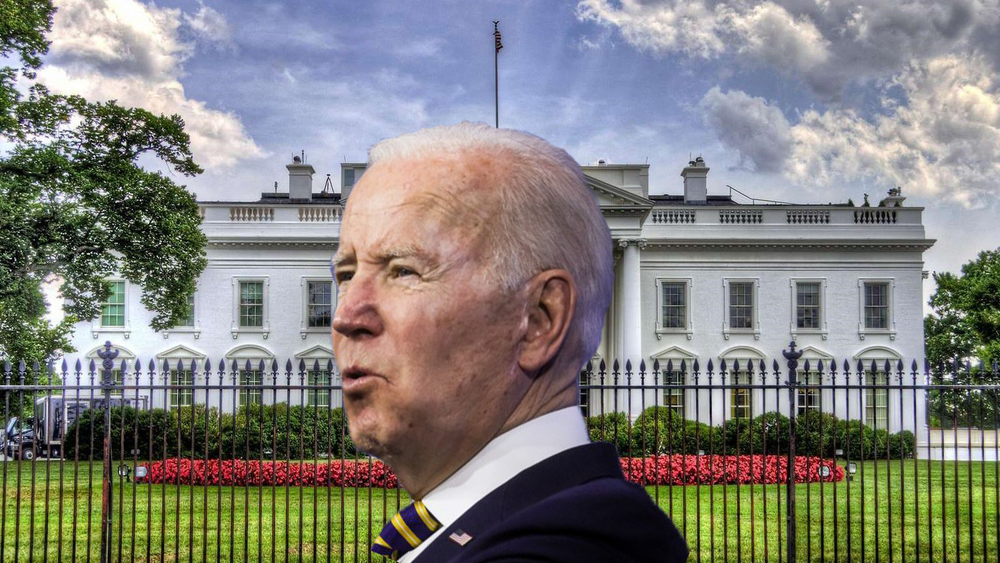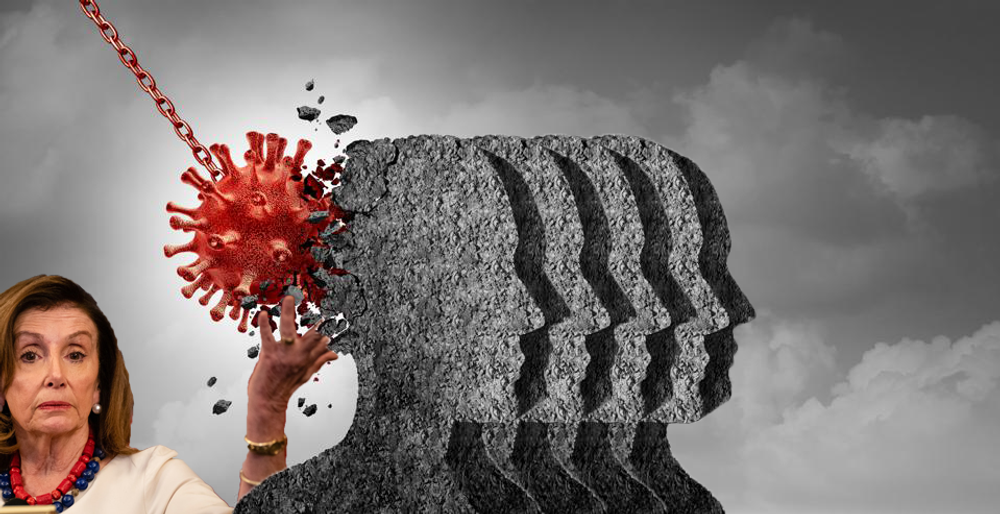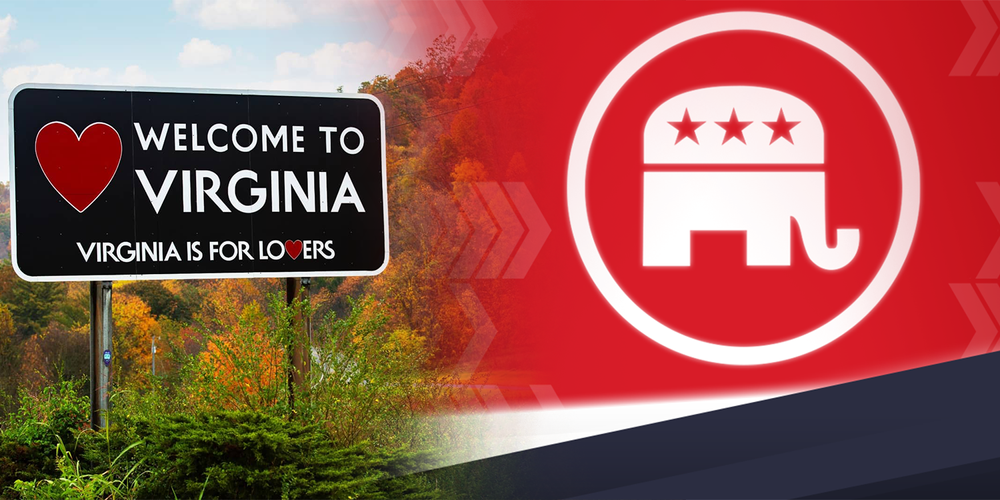
Trump Nominates Conservative-Leaning Kavanaugh to Supreme Court
Trump Nominates Conservative-Leaning Kavanaugh to Supreme Court

WHITE HOUSE —
In what is likely to be one of the most consequential decisions of his presidency, Donald Trump has selected Brett Kavanaugh as his nominee for the U.S. Supreme Court to replace retiring Justice Anthony Kennedy.
"There is no one in America more qualified for this position, or more deserving,” the president said of Kavanaugh during Monday night’s prime-time television announcement from the White House East Room. He called Kavanaugh a "brilliant jurist" who has "devoted his life to public service."
Kavanaugh, a 53-year-old conservative-leaning federal judge for the past 12 years, is no stranger to executive branch politics and controversy.
Prior to his time as a judge he oversaw an investigation into the death of a deputy counsel for President Bill Clinton. It was ruled a suicide, but conspiracy theorists were not so certain. Kavanaugh also did preliminary work that led to Clinton’s impeachment for lying under oath and obstruction of justice. And he worked on the vote recount in the state of Florida that made George W. Bush president. After that he became a staff secretary for Bush, often traveling with the president.
Known as a devout Catholic, Kavanaugh’s position on one of America’s most politically charged issues – abortion – has raised concern on both sides. Those who promote a woman’s right to choose an abortion were upset with a Kavanaugh ruling against an immigrant teenager in federal custody who sought an immediate abortion. But some conservatives expressed dismay that Kavanaugh did not declare that the teen had no constitutional right to an elective abortion.
'Humbled'
Kavanaugh, whose wife and two daughters were with him Monday night, said he was "deeply humbled" by the nomination. He described how his mother was a trailblazer who went to law school, became a prosecutor and then a trial judge. His father went to law school at night, he added.
“Tomorrow I begin meeting with members of the Senate,” he said. “I will tell each senator I revere the constitution. … If confirmed by the Senate, I will keep an open mind in every case."

Earlier, Trump had announced he had narrowed his choice to several contenders, building anticipation for the announcement, which generated criticism.
The executive editor of the Lawfare blog, Susan Hennessey, who is also a Brookings fellow in national security in governance studies, called it “completely bizarre that the president has imposed an artificial, TV ratings-driven deadline on such a consequential choice.”
Others, however, perceived time was of the essence.
With Republicans hoping to confirm a justice before the court resumes its session in October, as well as prior to the upcoming midterm congressional election in November, “Trump did not move too fast in naming a nominee,” says Trevor Burrus, a research fellow at the Cato Institute’s Robert A. Levy Center for Constitutional Studies.
What is almost certain — and those across the political spectrum agree — is that Kavanaugh’s selection will spark a major confirmation battle in the U.S. Senate, where Republicans hold a narrow 51-49 majority and opposition Democrats say they will fight to prevent the high court from swinging further to the right.
A handful of Senate Democrats running for re-election in states that Trump won handily in 2016 could face a difficult vote on the court nominee, potentially providing Republicans with an additional buffer if they decide to support the president.
Kennedy was often a member of five-to-four majority decisions on the high court. Those included a number of high-profile cases, including same-sex marriage and upholding a woman's right to an abortion.

Kennedy’s departure “leaves the court in a calcified state of a hardened left and right with nobody in that middle position,” says Jonathan Turley, a George Washington University constitutional law professor.
“Most of the time Kennedy swung to the conservative side, especially on questions of the limits of congressional power, the First Amendment, and the Second Amendment,” Burrus, who also is managing editor of the Cato Supreme Court Review, tells VOA.
“He swung to the other side on the question of gay rights and abortion, and those are the particular issues that concern those on the left.”
The Supreme Court, sitting atop one of the three branches of American government, ”has grown in importance over the past few decades,” Burrus said. “This is partially due to the cases it has been asked to decide, such as the constitutionality of the Affordable Care Act, and it is partially due to the divided nature of American politics.”
Unlike presidents or members of Congress, however, Supreme Court justices in the United States do not have terms – they usually serve until they resign or die, giving presidents who select them a judicial legacy sometimes lasting decades beyond their terms in office.
Kennedy, who is 81, had been nominated for the court by President Ronald Reagan in 1987.
Trump, just days after becoming president in January of last year in a similar televised event, selected the reliably conservative Neil Gorsuch to succeed Antonin Scalia, who had died at the age of 79 in February 2016.

The names of Kavanaugh and Gorsuch were on a list of judicial candidates deemed suitable by the Federalist Society and the Heritage Foundation.
Critics accused Trump of outsourcing his selection to the conservative groups.
“I’ve never seen a president of the United States, in effect, make himself a puppet of outside groups and choose from a group of right-wing fringe ideologues that are prepared on this list,” Senator Richard Blumenthal, a judiciary committee member, said Sunday on an ABC News program.
Burrus says that while “Trump’s method of choosing a justice is not exactly traditional, but it is not that objectionable given the circumstances. As an outsider candidate, people wanted to know who he might put on the Supreme Court, particularly since there was an open seat on the court for the next president to fill, which is rare.
"By publishing a short list, and sticking to traditional conservative justices, he allayed many fears about who he might appoint to the Court. With his second appointment he’s sticking to that general process," Burrus added.
Jim Malone contributed to this report.
 As Trump Confounds, Mattis Seen as Quiet Champion Among NATO AlliesNext PostAhead of Trump-Putin Summit Americans Divided Over Russia Probe
As Trump Confounds, Mattis Seen as Quiet Champion Among NATO AlliesNext PostAhead of Trump-Putin Summit Americans Divided Over Russia Probe





